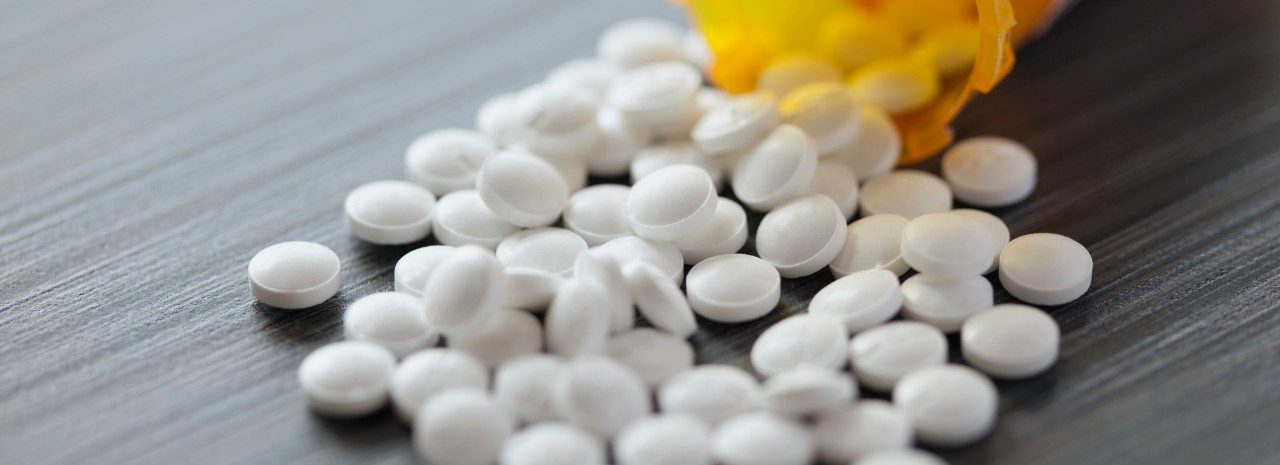Types of Opioids

Some types of opioids come from poppy plants, some are created using a natural chemical, and others are entirely man-made. All of them can be addicting.
Opioids are drugs that relieve pain, dull your senses, and make you less conscious or sleepy, although they might at first make you euphoric.
YOU MIGHT ALSO LIKE: Our Opioid Crisis section
Types of opioids
There are three main types of opioid drugs: opiates, semi-synthetic, and fully synthetic.
Some of them come under brand names, and a street name when sold illegally.
Opiates — a group within opioids — come from nature, most often the flower of the opium poppy plant. The opiate drugs list includes morphine, codeine, and thebaine (this last one is used mainly as a base for semi-synthetic drugs, described below). Don’t assume that because these drugs are natural that they can’t hurt you.
Semi-synthetic, manmade opioids are produced in labs but start with an opiate. Of all the examples of opioids, probably the best known is heroin, which was cooked up from morphine. Heroin is the fastest-acting opiate. At first it creates an intense rush. Then it slows you down, sometimes to the point that you’re unconscious.
The prescription drug OxyContin, or oxycodone, is a time-released formulation of codeine. Vicodin, or hydrocodone, also based on codeine, is less powerful. It may be the opioid most abused because it’s easier for high-schoolers to get.
Fully synthetic,manmade opioids don’t involve any opiate. These include fentanyl, pethidine, levorphanol, methadone, tramadol, and dextropropoxyphene.
In the news stories about the opioid crisis you’ll often hear about fentanyl. It is prescribed to treat chronic and severe pain in people who have built up tolerance to other opioids so they need something stronger. It can be up to 100 times more potent than morphine and is very dangerous when abused.
Starting from the least to most powerful, here’s a list, along with brand names and street names, of types of opioids:
- Codeine. It’s most common in cough syrup. Street names: Codey, Schoolboy, Lean, Sizzurp, Purple Drank, Loads, Pancakes, Fours, Doors.
- Hydrocodone. Brand names: Vicodin, Lorcet, Vicoprofen. Street names: Hydro, Norco, Vikes.
- Morphine. Brand names: MS-Contin, Oramorph SR, MSIR, Roxanol, Kadian, RMS. Street Names: Dreamer, Emsel, First Line, God’s Drug, Hows, M.S., Mister Blue, Morf, Morpho, Unkie.
- Oxycodone. Brand names: Oxycontin, Percocet, Roxicodone. Street Names: Oxys, OC, Kicker, OxyContin, Hillbilly Heroin.
- Fentanyl. Brand names: Actiq, Duragesic, Sublimaze. Street Names: Apache, China girl, China white, Dance fever, Goodfellas, Tango, Cash.
How do opioids work?
You may have heard the word endorphins, the feel-good chemicals released by exercise. Endorphins are called endogenous opioids because they have a particular chemical structure that binds to specific receptors in our nervous system and gastrointestinal tract. They’re one way our bodies are equipped to relieve pain and feel a bit high for a short time.
The opioid drugs that we consume take advantage of opioid receptors. To make things even more complicated, there are a few kinds of receptors and the drugs vary in how they latch on.
What are opioid antagonists?
Opioid antagonists bind to the opioid receptors, blocking other opioid drugs in your system, but they don’t activate the receptors. Examples are naltrexone and naloxone. Naloxone is sometimes used to reverse a heroin overdose.
Buprenorphine, which is also used to treat addiction, isn’t an antagonist. It’s a partial agonist, which means it activates opioid receptors in the brain, but to a much lesser degree than the full agonistopioids. It also blocks the effect of other opioids. The combination makes it effective at suppressing withdrawal symptoms and cravings.
Updated:
April 02, 2020
Reviewed By:
Janet O’Dell, RN